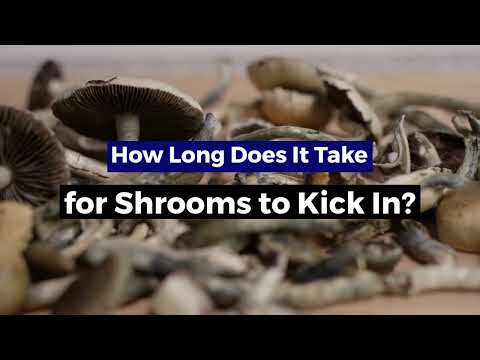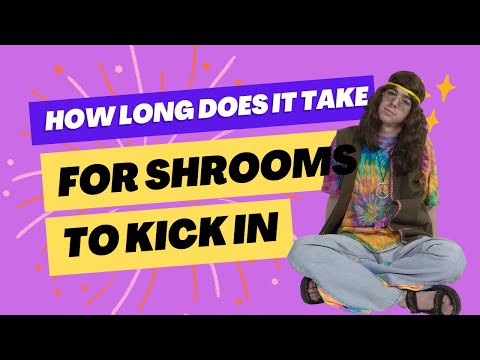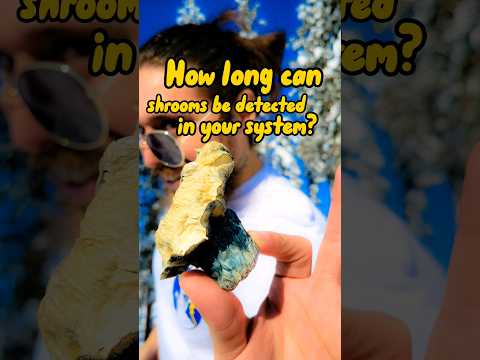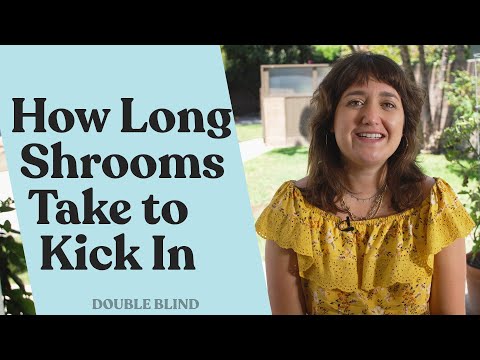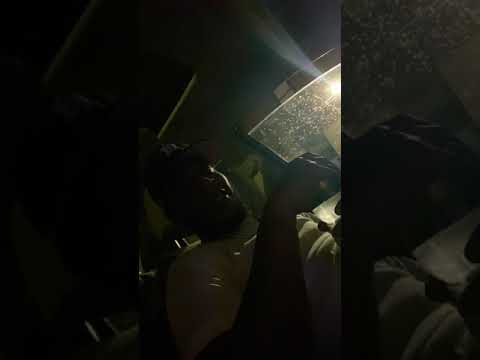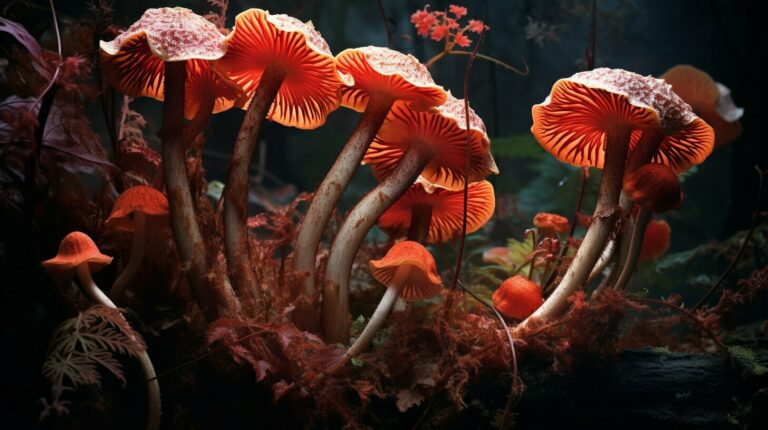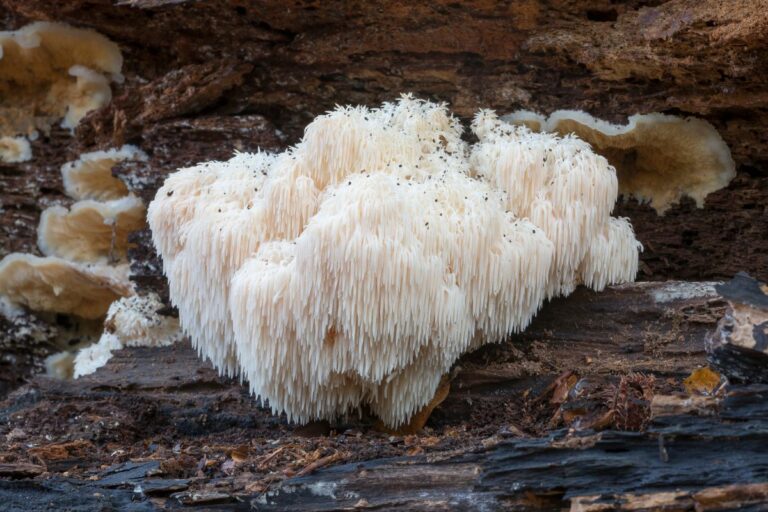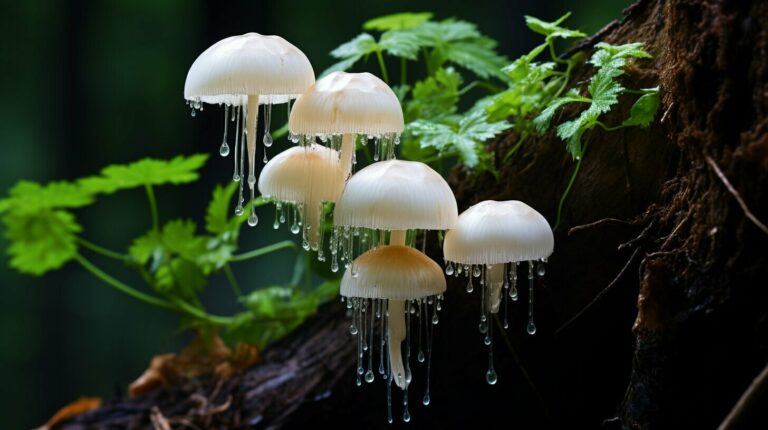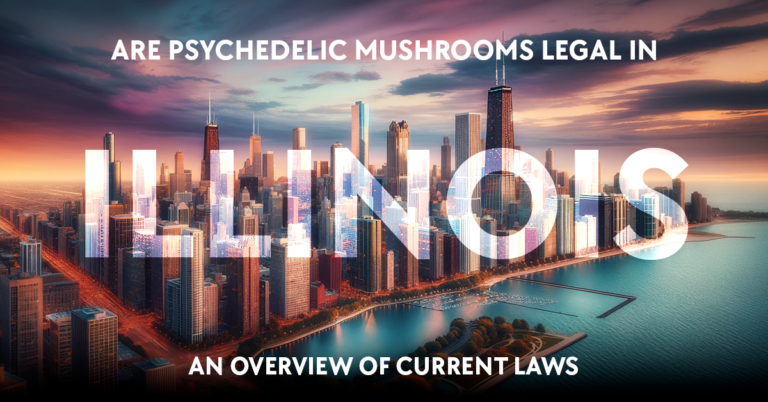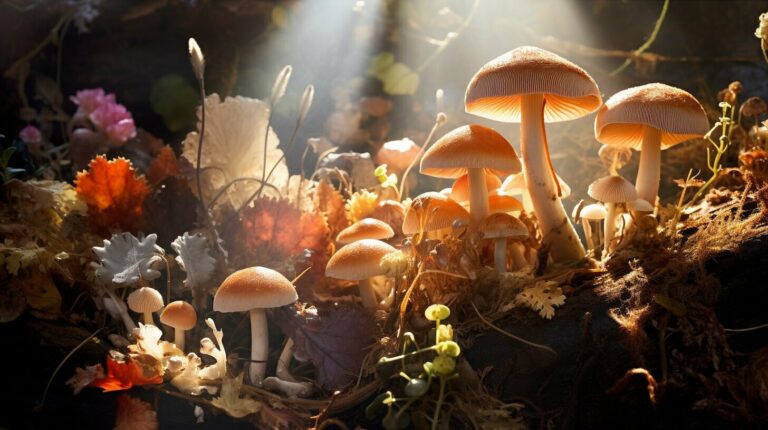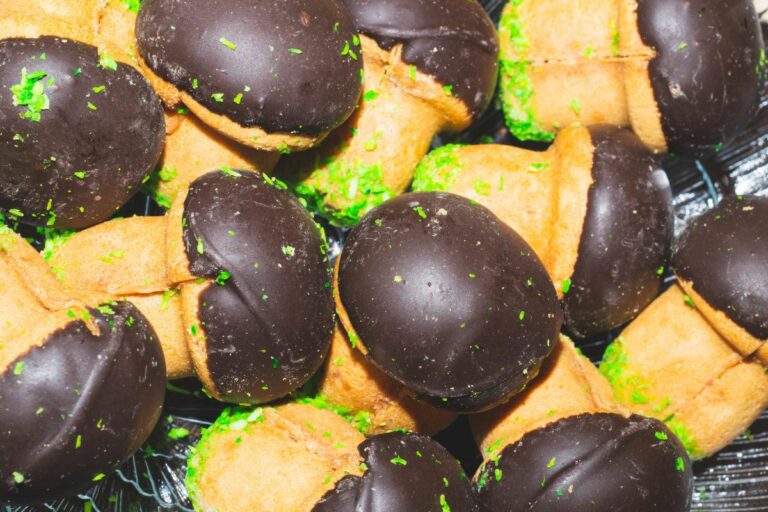The onset of psychedelic effects after consuming psilocybin mushrooms, commonly referred to as shrooms, can vary widely between individuals. Factors influencing this timing include the dose, the individual’s metabolism, and whether the shrooms are ingested on an empty stomach or with food. Typically, users may begin to feel the effects of psilocybin within 20 to 40 minutes of ingestion, with the peak typically occurring between 60 to 90 minutes. These initial effects can last for several hours, with the total duration of the trip often ranging from four to six hours.
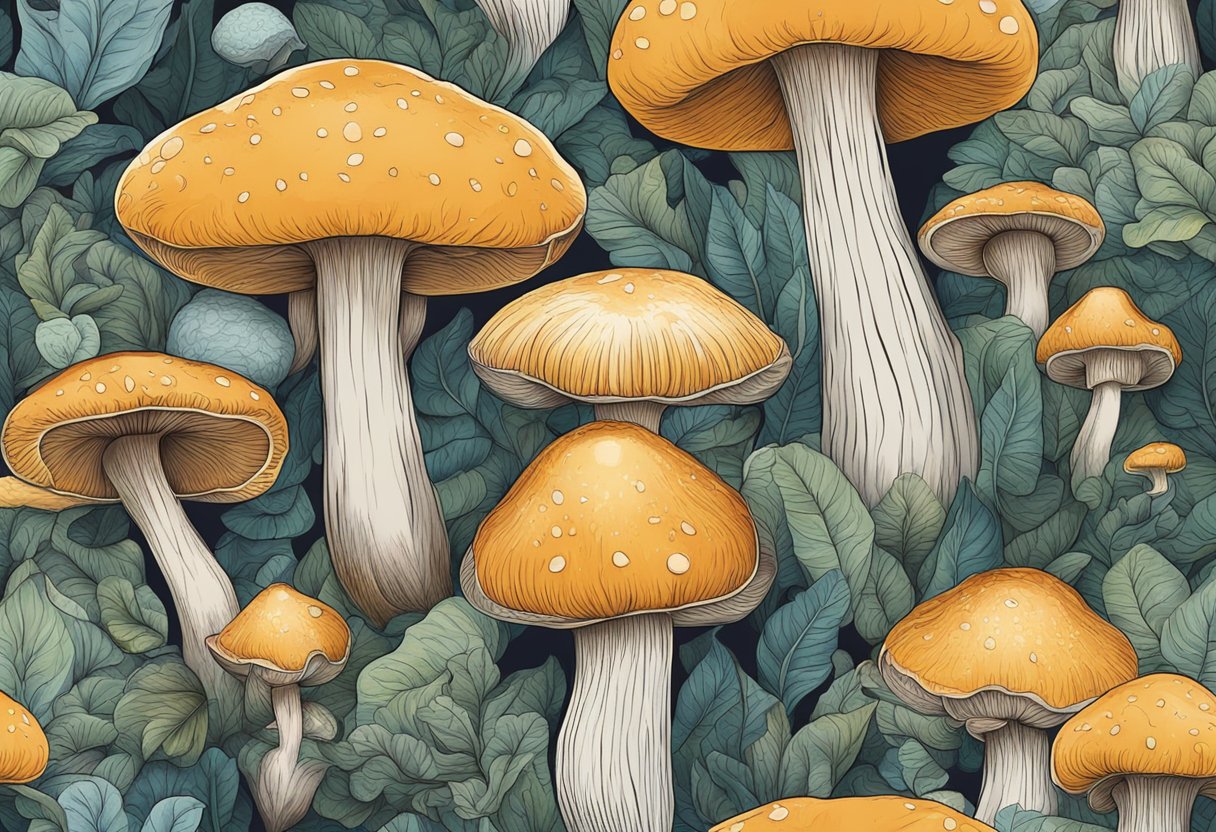
Psilocybin, the active compound found in these mushrooms, is rapidly converted into psilocin in the body, which is responsible for the psychoactive effects. These effects can include visual and auditory hallucinations, enhanced emotional experiences, altered perception of time, and in some cases, profound spiritual or existential insights. It’s important for users to be aware of these potential outcomes and to plan their experience with care, ensuring a supportive and safe environment, often referred to as ‘set and setting.’
While the subjective experience of taking psilocybin mushrooms can be positive, it’s important to acknowledge that there can also be challenging or uncomfortable experiences, sometimes known as ‘bad trips.’ The literature on psychedelic experiences highlights the significance of individual psychological states and the environment in which the substance is used, underlining the importance of these factors in influencing the overall experience. These insights have also been contributing to the current research on the therapeutic potential of psychedelics for a variety of mental health conditions.
Factors Influencing Onset Time
Table of Contents
The time it takes for psilocybin mushrooms, commonly known as shrooms, to kick in can vary widely among individuals. Several key factors including dosage, metabolism, and even the contents of one’s stomach influence the onset time of their effects.
Dosage and Potency
The amount of psilocybin ingested, which is dependent on both the dose and the potency of the shroom species, is a primary determinant of onset time. A higher dose generally results in a quicker onset of effects. Potency can fluctuate significantly between different species of mushrooms, with some containing higher levels of psilocybin than others, potentially leading to faster onset times.
Individual Metabolism
An individual’s metabolism plays a crucial role in determining how quickly they process substances. A faster metabolic rate can lead to a quicker onset of psilocybin effects, as the body converts psilocybin into psilocin, the compound responsible for the psychedelic effects of shrooms. Variables like genetic factors and overall health can influence a person’s metabolic rate.
Food and Stomach Contents
Consuming shrooms on a full stomach may delay onset time because the digestive system must work through the existing contents before properly absorbing the psilocybin. Conversely, taking shrooms on an empty stomach is likely to result in a faster kick-in time, as the digestive system can immediately begin to absorb the psilocybin.
Age and Body Composition
A person’s age can affect how quickly the effects of shrooms are felt, with younger individuals typically having a faster metabolism. Body composition is also important; those with higher body weight may require a larger dose to experience the same effects as those with lower body weight, potentially affecting onset time. Additionally, body fat percentage and muscle mass can influence how psilocybin is distributed and metabolized in the body.
Experience Timeline
When consuming psilocybin mushrooms, also known as shrooms, individuals undergo a progression of effects that vary depending on dosage and individual physiology. The experience timeline can be broken down into several stages.
Initial Effects
The onset of effects typically occurs within 20 to 40 minutes after ingestion. Users may notice changes in sensory perception, with visual and auditory sensations becoming more vivid. At a low dose, these effects may be subtle, while a full dose can lead to more pronounced and immediate changes.
Peak Experience
The peak experience can be expected to occur approximately 60 to 90 minutes after the initial effects set in, reaching maximum intensity at this point. The intensity of the peak can vary greatly, with a moderate dose typically resulting in significant alterations in thought processes and sense of time, and a high dose potentially leading to profound euphoria and powerful hallucinations.
Duration of Effects
A typical shroom trip can last between 4 to 6 hours, with the duration influenced by the dosage and individual metabolism. The full effects of a moderate to high dose of shrooms can linger, gradually tapering off over this period.
Comedown
As the shroom trip concludes, the intensity of the psychedelic experience diminishes, often leaving users in a reflective state. This comedown phase can last for several hours, during which the individual may still experience residual effects such as mild visual distortions or a sense of connectedness to their surroundings.
Methods of Ingestion
The various methods of ingesting shrooms can influence both the onset and intensity of their effects. Choosing the appropriate consumption method based on individual preferences and desired outcomes is crucial.
Eating Whole Mushrooms
Whole mushrooms are often consumed in their natural, unprocessed state. After careful preparation, which typically involves cleaning and sometimes drying, individuals eat the fungal material directly. This method provides a straightforward approach to consumption, with onset times usually ranging between 30 minutes to an hour.
Drinking Shroom Tea
Mushroom tea is a popular alternative for those seeking to avoid the taste of raw mushrooms. By steeping ground or chopped mushrooms in hot water, shroom tea is prepared. The active compounds are infused into the liquid, making the tea a potent method of ingestion. The tea can lead to a quicker onset, with effects starting around 20 to 40 minutes after drinking.
Using Lemon Tek
Lemon tekking is a preparation technique where ground mushrooms are soaked in lemon or citrus juice before ingestion. The acid in the citrus juice can convert psilocybin into psilocin, potentially enhancing the psychedelic effects and speeding up the onset to as quick as 15 to 30 minutes post-consumption.
Shroom Edibles
Shroom edibles, like chocolate or capsules, disguise the earthy flavor of the mushrooms and can make dosing more precise. Chocolates infused with shrooms combine the active compounds with cocoa and sugar, while capsules contain a measured dose of ground mushrooms. These methods also simplify ingestion and can make for a more gradual onset of effects, akin to eating whole mushrooms.
Factors Affecting The Psychedelic Experience
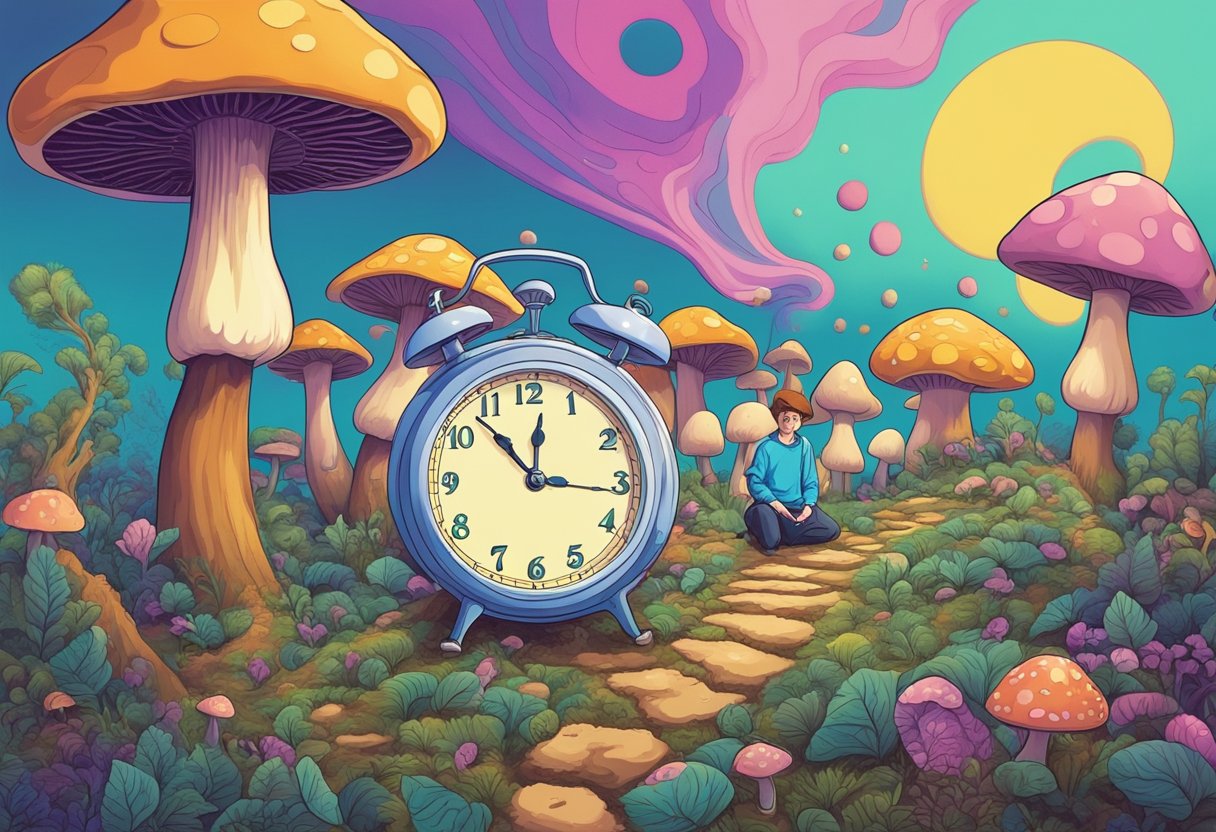
The onset and quality of a psychedelic experience can be influenced by various factors, from the mindset of the user to the presence of other substances. Understanding these can help manage expectations and prepare for a psychedelic journey.
Set and Setting
Set and setting refer to the mental state (‘set’) and physical environment (‘setting’) in which one consumes psychedelics. A supportive setting and a positive mindset can lead to an enriching experience, whereas a stressful environment may increase the likelihood of a negative experience. The presence of a trip sitter, ideally someone experienced, can provide reassurance and safety.
Individual Tolerance
Tolerance varies significantly between individuals due to differences in metabolism and prior exposure to psychedelics. Those with higher tolerance may require larger doses to achieve the same effects. Conversely, a microdose is a sub-perceptual amount which some individuals use aiming for subtle cognitive or emotional benefits without a full high.
Intention and Expectation
Intention behind using psychedelics—whether for self-exploration or recreational purposes—can shape one’s experience. Similarly, expectations can act as a self-fulfilling prophecy; anticipating a profound journey can predispose one to a more introspective trip.
External Influence of Other Substances
The concurrent use of other substances with psychedelics can alter the experience. For instance, combining LSD with cannabis may intensify the effects, while alcohol may dull the high. It’s crucial to understand how these interactions can affect the intensity and duration of the experience.
Health Considerations
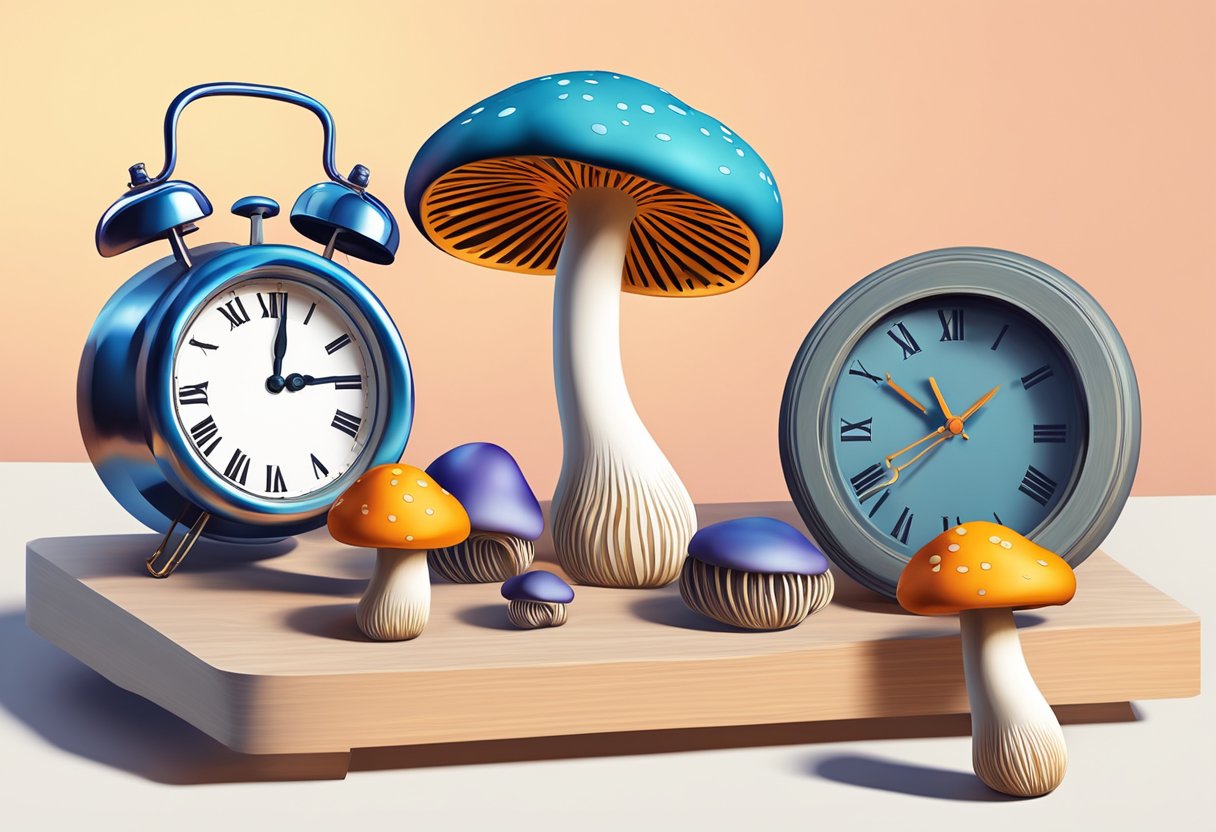
When considering the use of magic mushrooms, one must be aware of the physical and mental impacts they can have. These effects can vary among individuals and are influenced by factors such as dosage, environment, and personal mental health status.
Physical Side Effects
Magic mushrooms can induce nausea and cause significant discomfort during the come-up phase. Additionally, the body may experience increased heart rate, changes in blood pressure, and in some cases, the effects may exert extra strain on the kidney and liver functions. It’s important for individuals to be aware that the presence of psilocybin can be detected by drug tests and remains in the system for a variable period of time.
Mental Health Implications
The use of psilocybin, the active compound in magic mushrooms, is associated with altered states of consciousness. This can exacerbate mental health conditions, particularly in those predisposed to anxiety or depression. While some users report therapeutic benefits, others may find that their mental health challenges are intensified, emphasizing the need for caution and consideration of individual mental health history when using these substances.
Risks of A Bad Trip
A “bad trip” can encompass experiences of intense fear, anxiety, and a negative experience that can be both emotionally and psychologically distressing. The come-up and come down stages are particularly sensitive times where the risk of a bad trip is heightened. Understanding the potential for such adverse reactions is crucial for harm reduction and for individuals to make informed choices about their use of psychedelics.
Detection and Drug Testing
When it comes to psychedelics such as psilocybin mushrooms—commonly known as “shrooms”—the window for detection can significantly affect drug testing outcomes. Various tests have differing capabilities for detecting psilocybin and its metabolites, with factors such as the type of test, time since ingestion, and individual metabolism affecting test results.
Detectability in Urine Tests
Urine tests are the most common form of drug testing for substances, including psilocybin. Typically, psilocybin can be detected in urine within 24-48 hours of ingestion. Experts indicate that the urine test is the standard when it comes to screening for recent use of psilocybin-containing mushrooms.
- Detectability window: 24-48 hours
- Test type: Standard urine tests
Presence in Hair Follicle Tests
Though not as commonly used as urine tests, hair follicle tests can detect drug use over a more extended period. Substances ingested can be found in hair strands as they grow, meaning the detectability window may extend up to 90 days according to some experts. However, hair follicle testing for psilocybin is less standardized and not routinely performed.
- Detectability window: Up to 90 days
- Test type: Hair follicle tests
Factors Affecting Test Outcomes
Several factors can influence the outcomes of drug tests for psychedelic substances like psilocybin. The detectable presence of psilocybin in biological samples can vary from person to person due to individual differences in metabolism, dosage ingested, and the sensitivity of the testing method used.
- Metabolic rate
- Dosage
- Test sensitivity
Microdosing and Therapeutic Use
Microdosing involves taking sub-perceptual amounts of psychedelics like psilocybin mushrooms. In this context, a microdose typically ranges from 1/20 to 1/10 of a recreational dose. People utilize this technique for various reasons, most notably for its purported benefits in managing mental health conditions.
The therapeutic effects of microdosing can vary from person to person. Some individuals report improvements in creative performance, energy, and focus. Others use microdosing as a complement to traditional therapies for conditions such as depression. The rationale behind this approach is to gain the benefits of the substance without experiencing a full-blown psychedelic trip.
- Benefits reported by users:
- Enhanced creativity
- Increased focus
- Improved mood
- Reduction in anxiety
Despite the anecdotal accolades, the onset and effectiveness are influenced by a variety of factors such as the individual’s body chemistry and the environment in which they microdose. As such, the impact can be subtle and may take several sessions to become noticeable.
Researchers have commenced empirical studies to understand the potential and limitations of psychedelics when administered in low doses. They seek to provide a scientific backing for claims made by users and to devise guidelines for safe and effective therapeutic protocols.
It’s important to note that, while promising, microdosing still lacks a substantial body of evidence to conclusively support its benefits. Consequently, individuals should approach it with caution and remain informed through ongoing research like the study on psychedelic microdosing benefits and challenges and investigations into the motivations behind microdosing as a self-managed therapy for mental health.
Frequently Asked Questions
Understanding the onset time of psilocybin mushrooms is influenced by several variables, each contributing to when a person might start feeling the effects. These factors include individual physiology, the mushroom’s potency, the method of ingestion, and whether food was consumed prior.
What is the typical onset time for psilocybin mushrooms to produce effects?
The onset time for psilocybin mushrooms typically ranges from 20 to 40 minutes after ingestion, but it can take up to 90 minutes for some individuals to begin experiencing psychedelic effects.
How does food consumption prior to ingesting mushrooms affect onset timing?
Having a full stomach can delay the onset of psilocybin effects as the digestive process slows down the absorption of the active compounds. It is suggested to ingest mushrooms on an empty or partly full stomach for a quicker onset.
Can the potency of the mushroom strain impact the time it takes to experience effects?
Yes, the potency of different mushroom strains can affect the onset time. Strains with higher levels of psilocybin may produce effects more quickly due to their stronger concentration of the active compounds.
Does the method of ingestion alter the duration before psilocybin effects are felt?
The method of ingestion does play a role; for example, taking mushrooms in a tea preparation or as edibles might lead to a quicker onset compared to consuming them in their raw form, due to the pre-digestion of the active substances.
What factors influence the variability of psilocybin mushrooms’ onset?
Factors that influence onset variability include the user’s body weight, metabolism, and tolerance to psychoactive substances. The set and setting, or the physical and mental environment in which the mushrooms are consumed, also affect the experience.
How can individual physiology affect the time it takes for psychedelic effects to begin?
Individual physiology, such as a person’s metabolism, enzyme activity, and gastrointestinal absorption, can greatly influence the time it takes for the effects to begin. Personal sensitivity to psilocybin also varies, altering onset times between different users.



